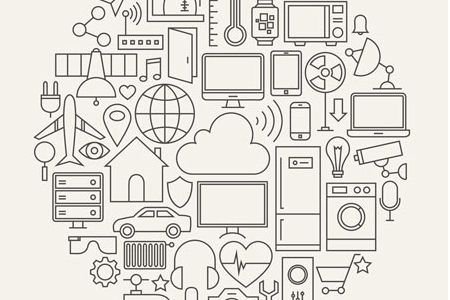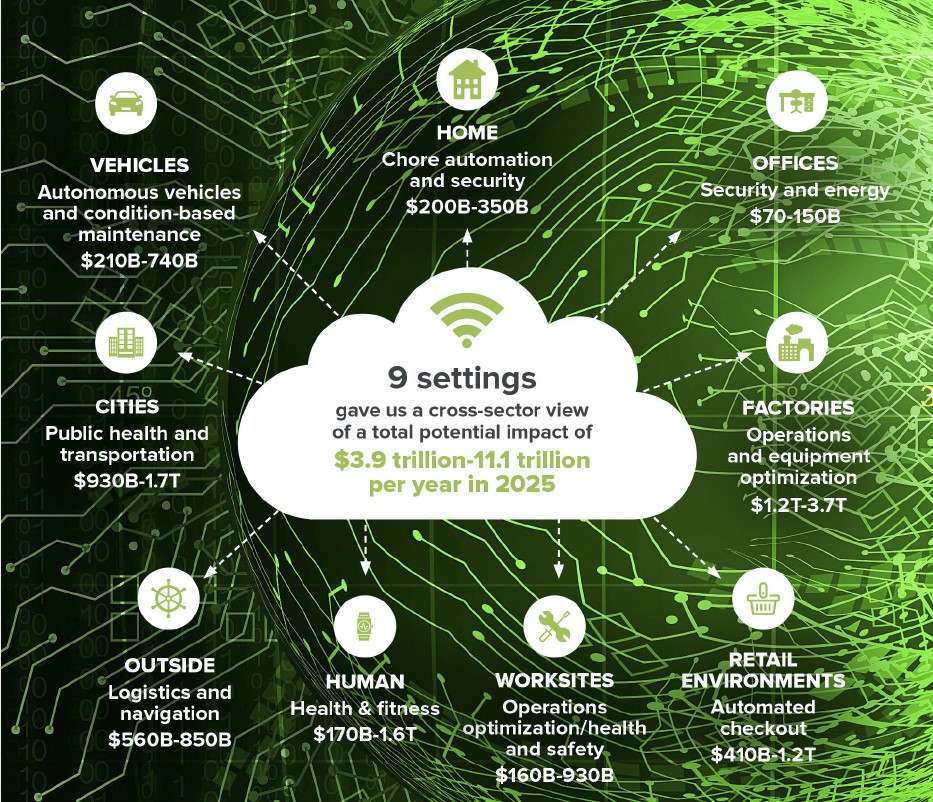News & Insight

Seizing the IoT Opportunity
W
ith technology touching many aspects of our daily lives, the support ecosystem for entrepreneurs and growth companies comprises both generalists as well as specialists in specific sectors. Both types have their value, depending on a company’s needs.
Earlier this month, an investor that firmly positions itself in the specialist category, Breed Reply, held an event for the internet of things (IoT) ecosystem, “Seizing the IoT Opportunity”. The speakers addressed the investment opportunity, the M&A landscape for IoT, and some examples of how IoT is impacting their value propositions – from startups to corporates. In a market that could see upwards of 50 billion connected devices some time soon, and add considerable value, the IoT is an important sector.
What is IoT?
Just for anyone who doesn’t already know, the IoT is, as the name suggests, the internet of things – products, devices, anything that we use in our daily lives and business, connected to the internet. So it could be our street lights, it could be our blood test meters, it could be our gym equipment – or in frivolous cases, even kettles. In factories, it could be pressure sensors, emissions sensors, actuators, anything on the production line, or environmental condition measurement devices for health and safety for example. In agriculture, it might be soil sensors, cow or sheep tags, or moisture detectors.
But just why would you want to connect everything? Well, whether it’s for the consumer, for industry or agriculture, the connected devices give us data. That data, when analysed either locally or remotely, gives us useful information about people, about offices, streets, cities, environments, factories, and farms. By knowing the status, and because it’s connected, we also have the ability to correct it if something is wrong. It also allows the improvement of processes, to enhance productivity, to save costs, or to save energy. Or in the case of humans or animals, help keep us well.
The speakers at the event put it well. Cees Jan Hollander from Danone said, “What if our sensors can predict our carbon footprint next year? This can then help us to plan our entire operations around it.” Or Ben Luckett from Aviva Ventures said, “With IoT, we can predict and prevent things going wrong in the first place – for example, a sensor might identify a leak six weeks before the disaster actually happens.” This he says could transform insurance business models.
With the huge amounts of data collected by the connected devices, the analysis itself can get complex. Hence this also brings in the use of artificial intelligence (or more correctly, machine learning algorithms) to help better analyse the data and make decisions based on that analysis.
What did the experts have to say?
Emanuele Angelidis, the CEO of Breed Reply, said we are just at the start of the IoT growth trajectory, especially with all the right conditions in place, in terms of technology, connectivity, and innovation in AI and machine learning. In addition, there’s wider corporate adoption at scale, a supportive investment ecosystem, and increasing M&A activity in IoT. He also commented that IoT will drive productivity, enable new business models and redefine relationships.
With IoT, almost everyone has been projecting large figures in terms of opportunity, investment and impact. For example, according to PwC, US$ 6 trillion will be spent on IoT solutions between 2015 and 2020; and McKinsey said in a 2015 report there will be a US$3.9-11.1 trillion annual economic impact of IoT by 2025, with 70% of the market opportunity coming from the B2B sector.
Image: McKinsey Global Institute. The Internet of Things – Mapping the Value Beyond the Hype
Breed Reply’s CEO cited three examples of IoT companies: senseye (predictive maintenance for industry 4.0), Tag Sensors (printed sensors for temperature monitoring for food and drugs in the supply chain), and RazorSecure (cyber security for aviation, rail and automotive).
Acuity Advisors IoT expert Matt Stamp talked about the M&A landscape for IoT, saying his firm had over 15 projects in IoT including four closed deals in the last 18 months. He highlighted how the exit opportunity is strong – since 2012, around $35 billion was spent by over 150 strategic acquirors across 400+ transactions.
The entrepreneur view: Connecterra
Yasir Khokhar, co-founder & CEO of Connecterra gave a startup’s view of the IoT market opportunity. His team is addressing a huge opportunity in agriculture – a market which needs technology to help meet the UN’s sustainable development goals, especially with the food security impact from a population explosion worldwide.
Like many who are servicing the IoT opportunity, Khokhar says we don’t really need more data, but more insights. Connecterra is on a mission to make global agriculture more productive, humane and sustainable using sensors and artificial intelligence, and its first product is the intelligent dairy farmer’s assistant (Ida). Its sensors learn and detect eating, rumination, walking, standing, laying and chew counts of cows; using the patterns it learns, it can analyse every cow’s behaviour, provide insights to the farmer, and help them become more productive. He added that they’re not just using the IoT and AI buzzwords, they really do measure relevant information and do hard machine learning.
The corporates: Danone and Aviva
Staying on the subject of cows and milk quality, Cees Jan Hollander, global farming expertise manager for Danone, said it uses temperature sensor technology to monitor cow health, feed efficiency and labour reduction. In conjunction with blockchain, it can ensure transparency quality of Danone products.
In insurance, Ben Luckett, managing director of Aviva Ventures, talked about how sensors, big data and AI are influencing business models and driving a change in insurance, and how real-time data can help prevention. This enables the insurance industry from simply being reactive, fixing issues and having low engagement with its customers, to being proactive, helping prevent problems and enabling much higher utility. As an example for the healthcare industry, he highlighted how Owlstone Medical, with its non-invasive diagnostics for cancer, infectious disease and inflammatory disease, aims to help save 100,00 lives and $1.5 billion in healthcare costs.
Why go to a specialist?
The event demonstrated that a firm operating as part of a broader ecosystem encompassing all the constituent parts of a value chain in a specialist sector can add considerable value, beyond just the financial aspects. In this case, Breed Reply has focused on seeding an ecosystem of ventures trying to solve market challenges in a relatively narrow specialism – the IoT. Venture capital firms often use the specialism approach to enable a ‘bottom up’ evolution, in which they can interconnect many parts of the ecosystem, but also from which the best ideas win.
From a founder’s or entrepreneur’s point of view, or someone who is seeking investment, having a specialist investor can potentially also help you think beyond the business plan, since you may be part of a larger set of investees who may be able to solve bigger problems in the sector and potentially gain new customers too.
Humphreys Law

If you would like to contact a member of our team, please get in touch by filling in the form below.
"*" indicates required fields
Humphreys Law

